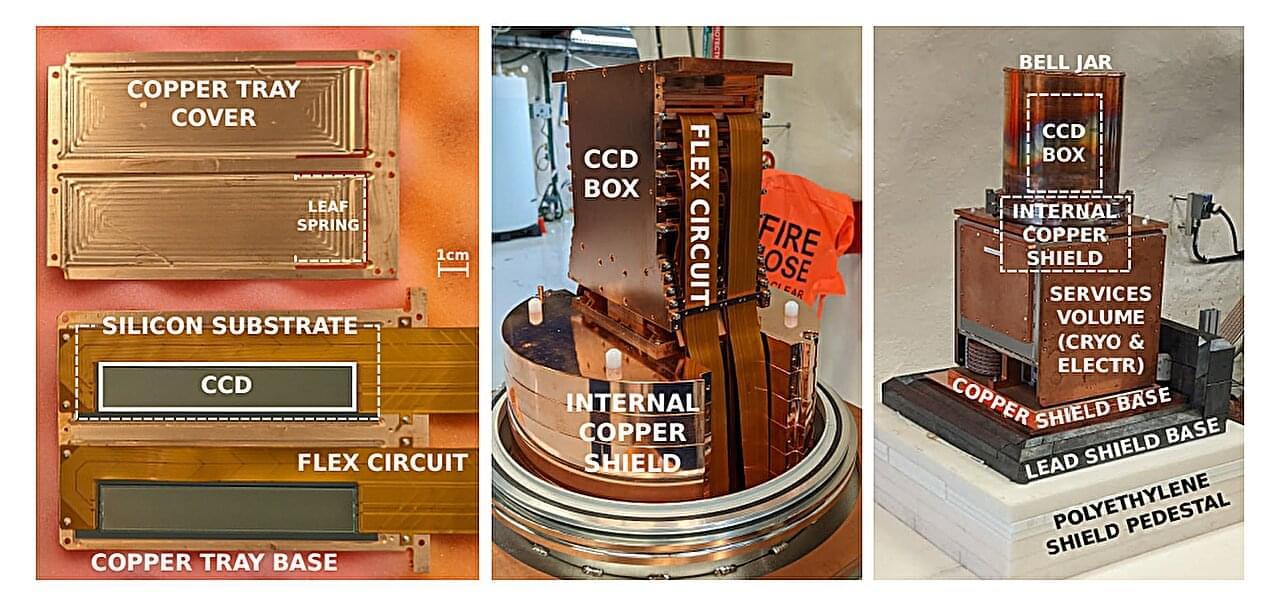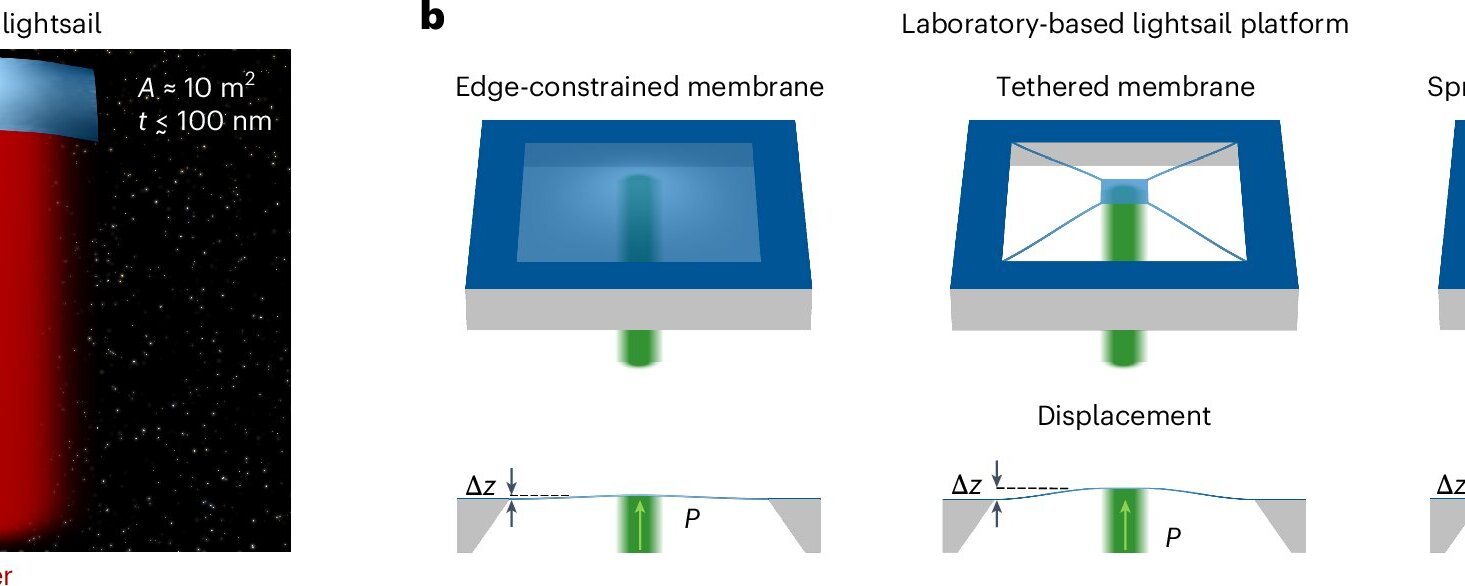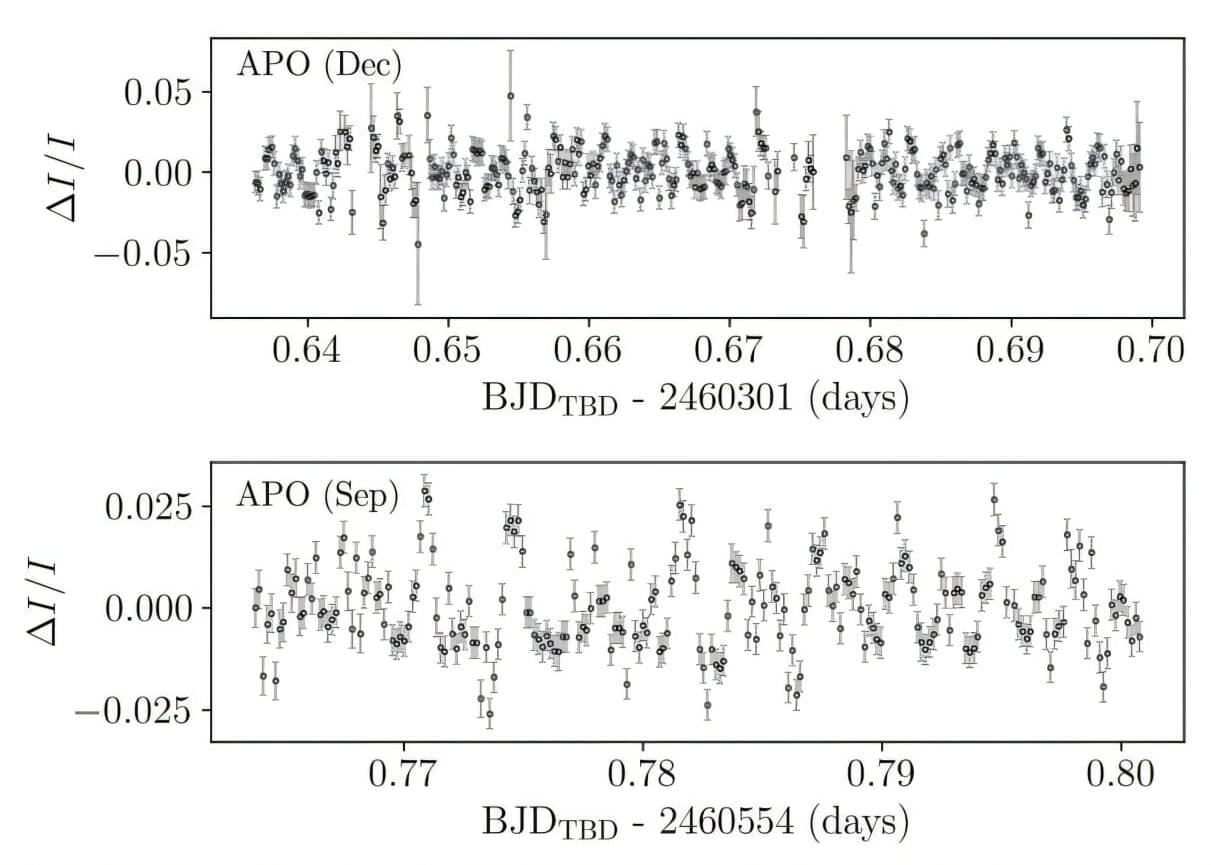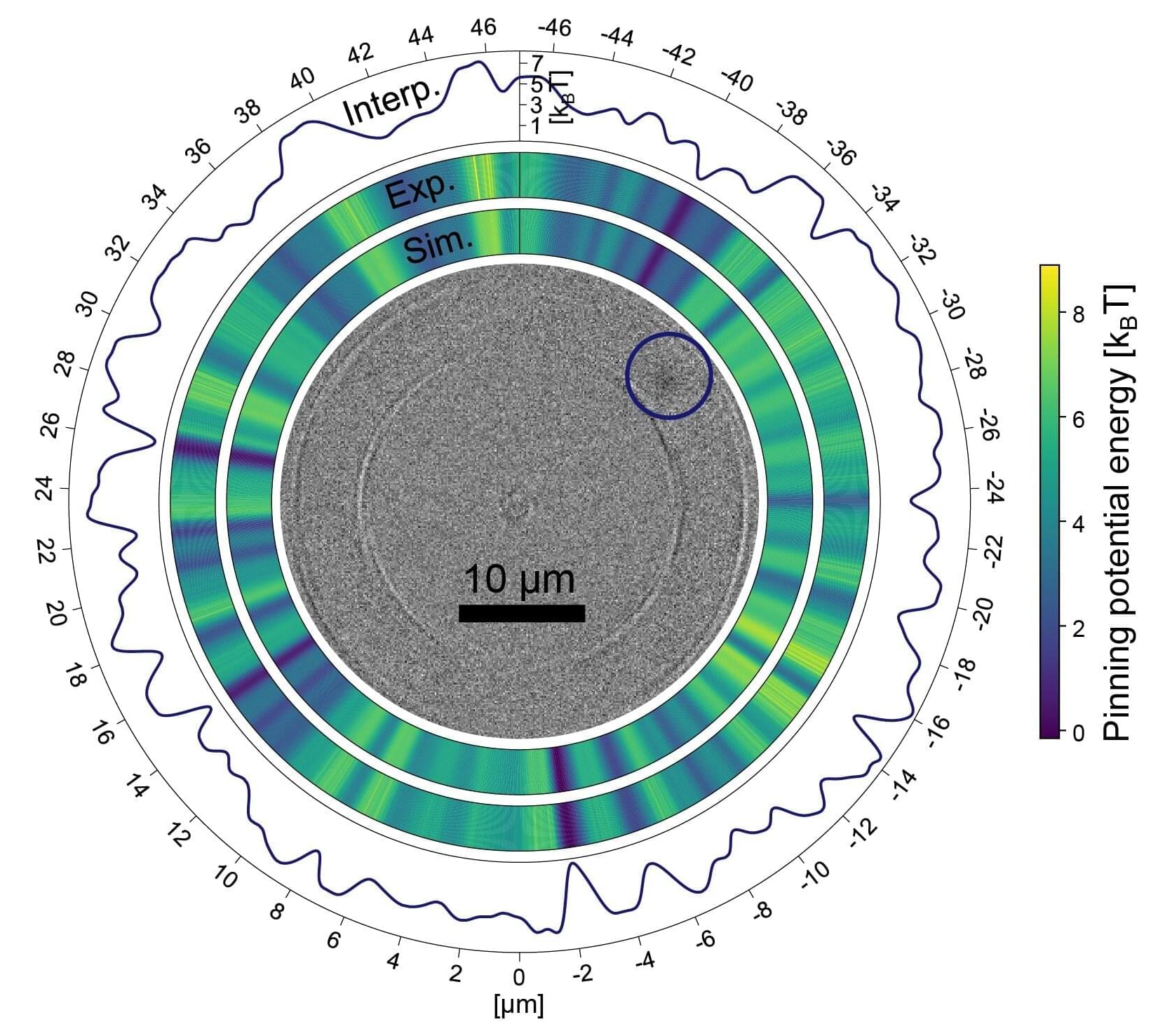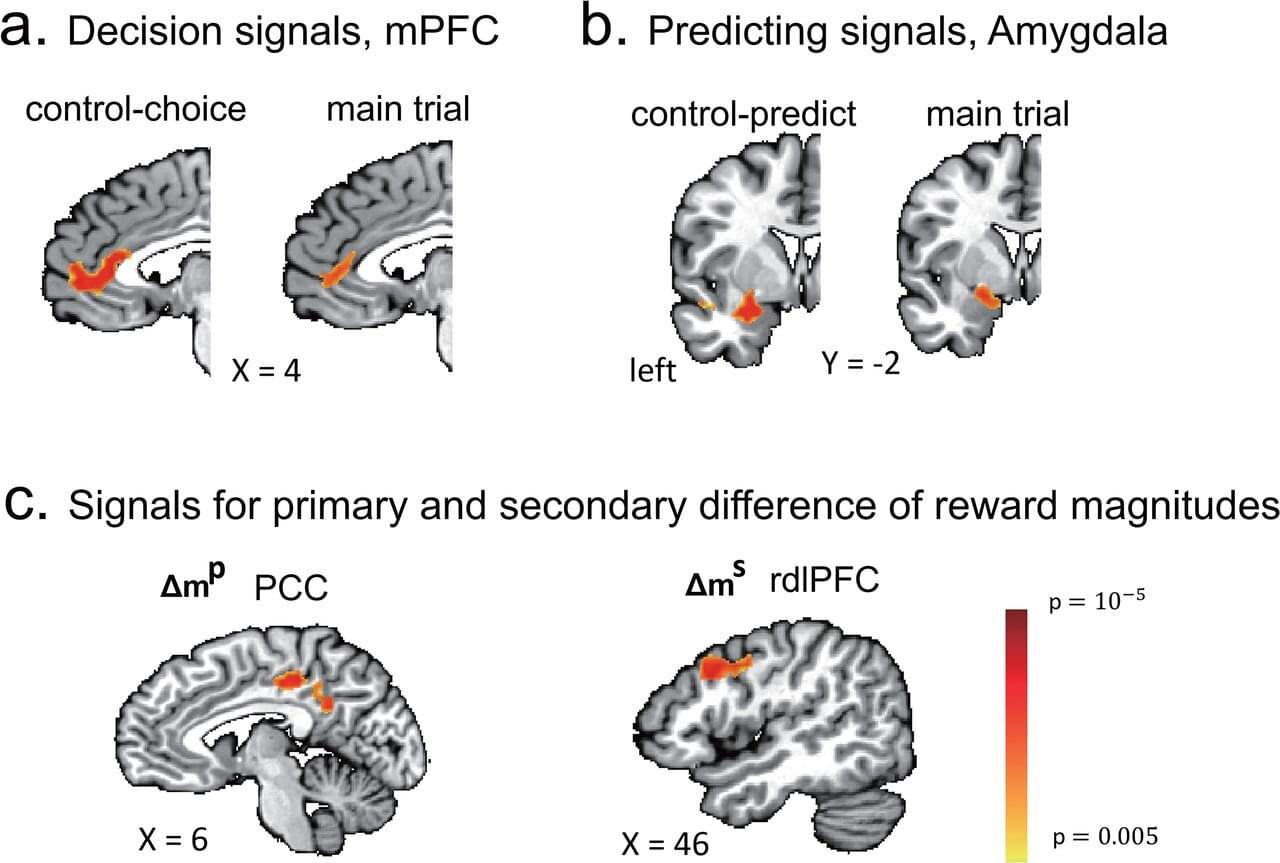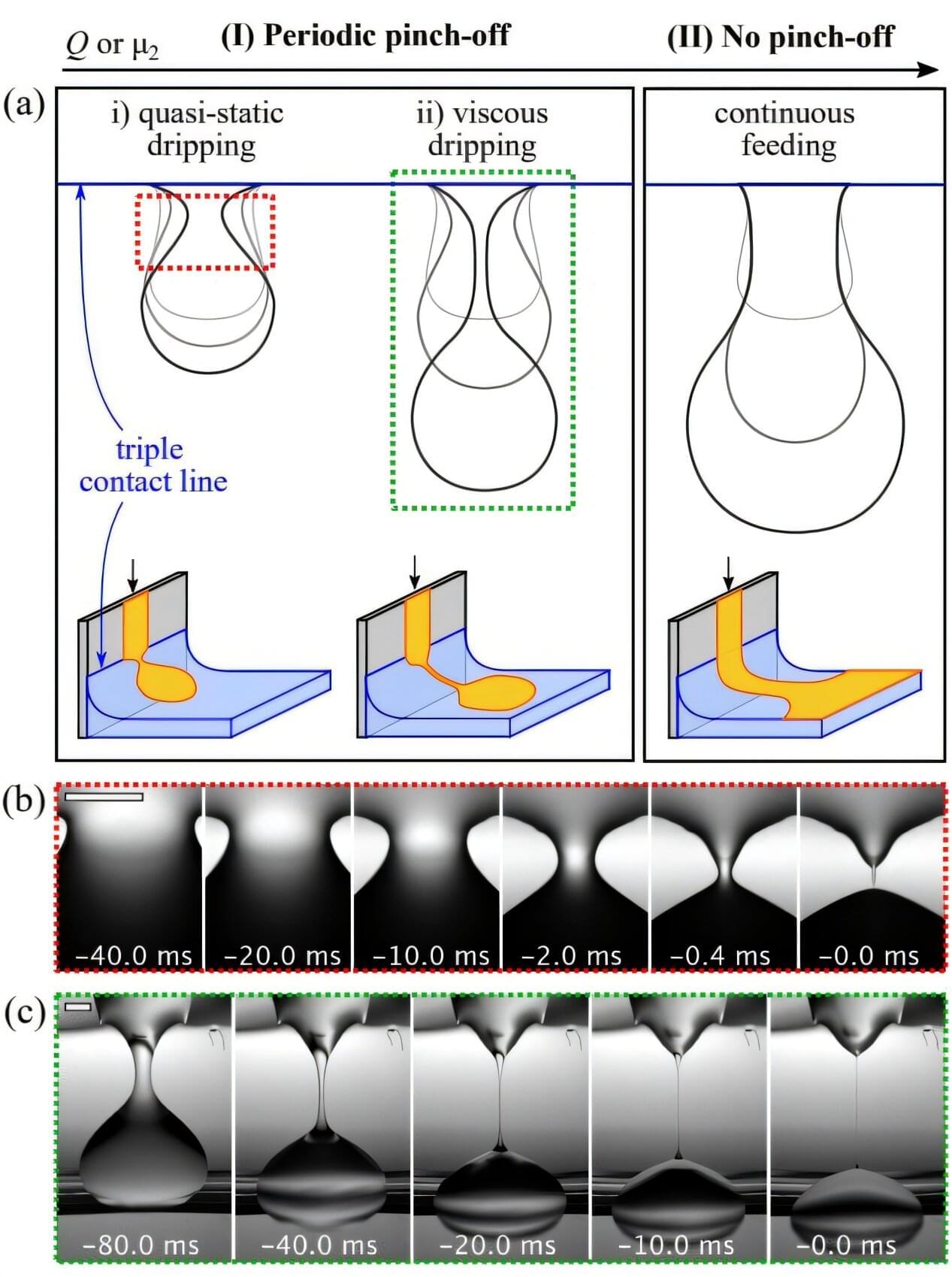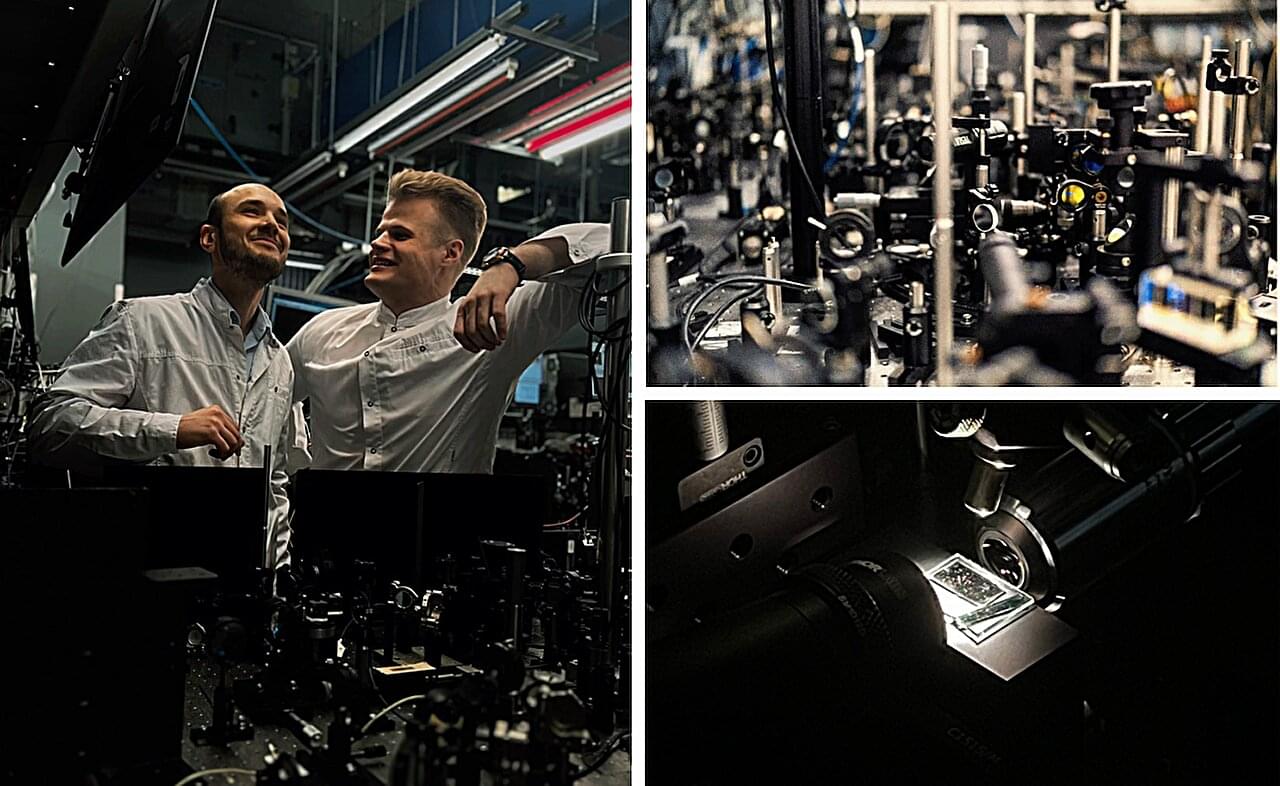Detecting dark matter particles and understanding their underlying physics is a long-standing research goal for many researchers worldwide. Dark matter searches have been aimed at detecting different possible signals that could be associated with the presence of these elusive particles or with their interaction with regular matter.
A promising technology for conducting dark matter searches is the SENSEI (Sub-Electron Noise Skipper-CCD experimental instrument) detector, a highly sensitive imaging sensor located at the SNOLAB research facility in Canada.
The research group analyzing data collected by this detector, dubbed the SENSEI collaboration, have published the results of their first search for sub-GeV dark matter at SNOLAB in the journal Physical Review Letters.
